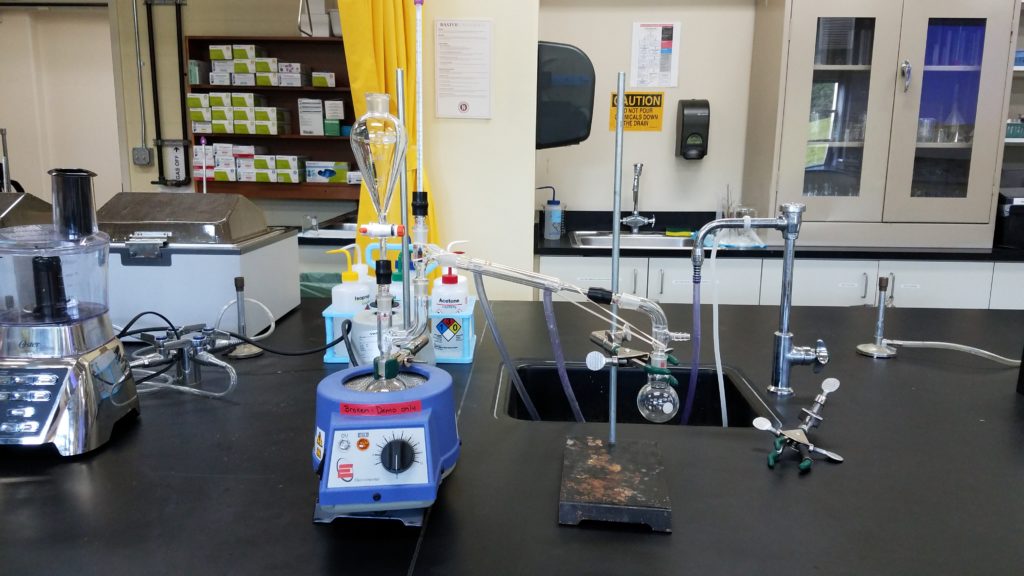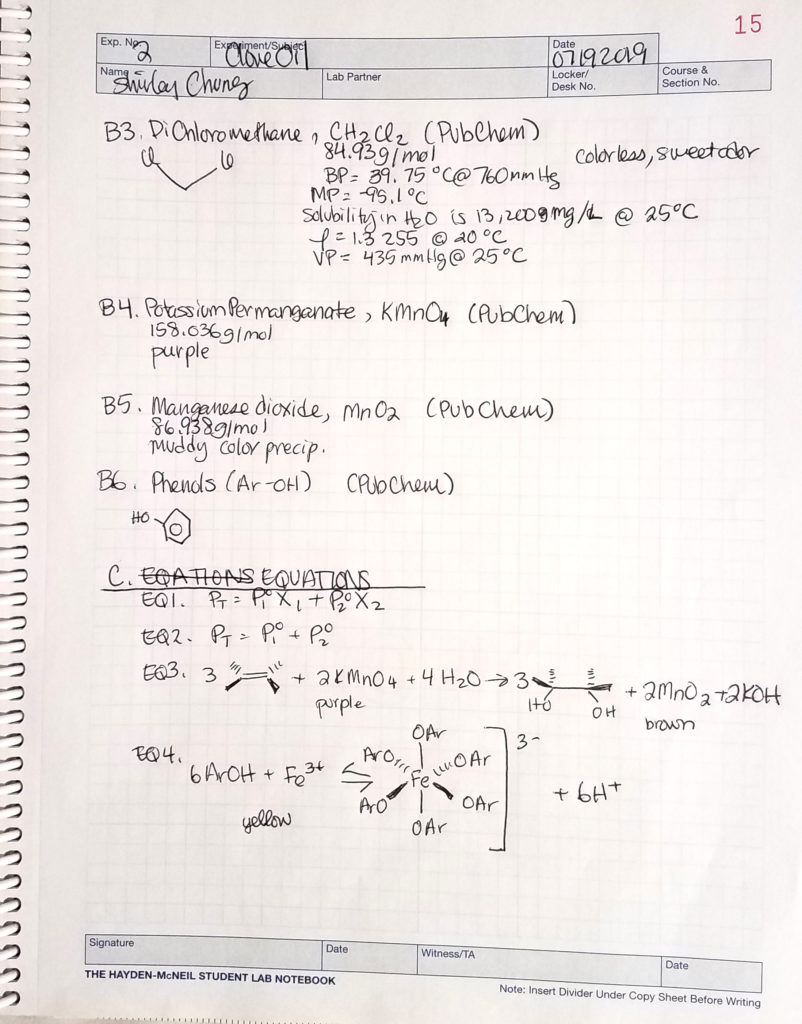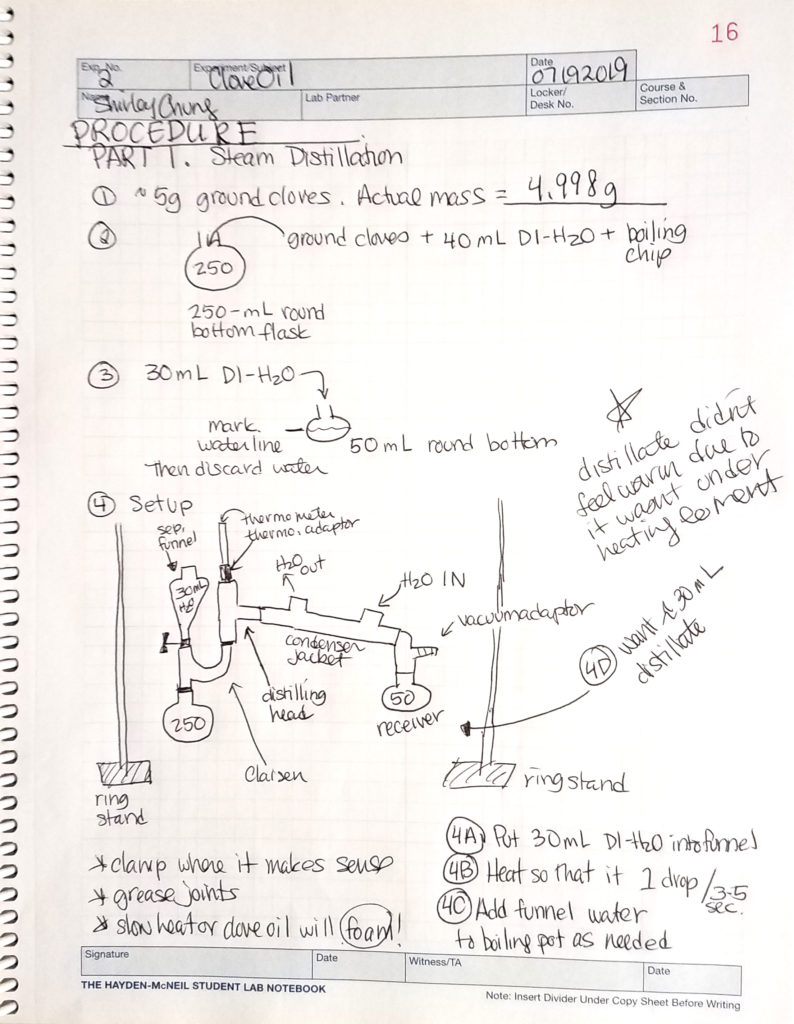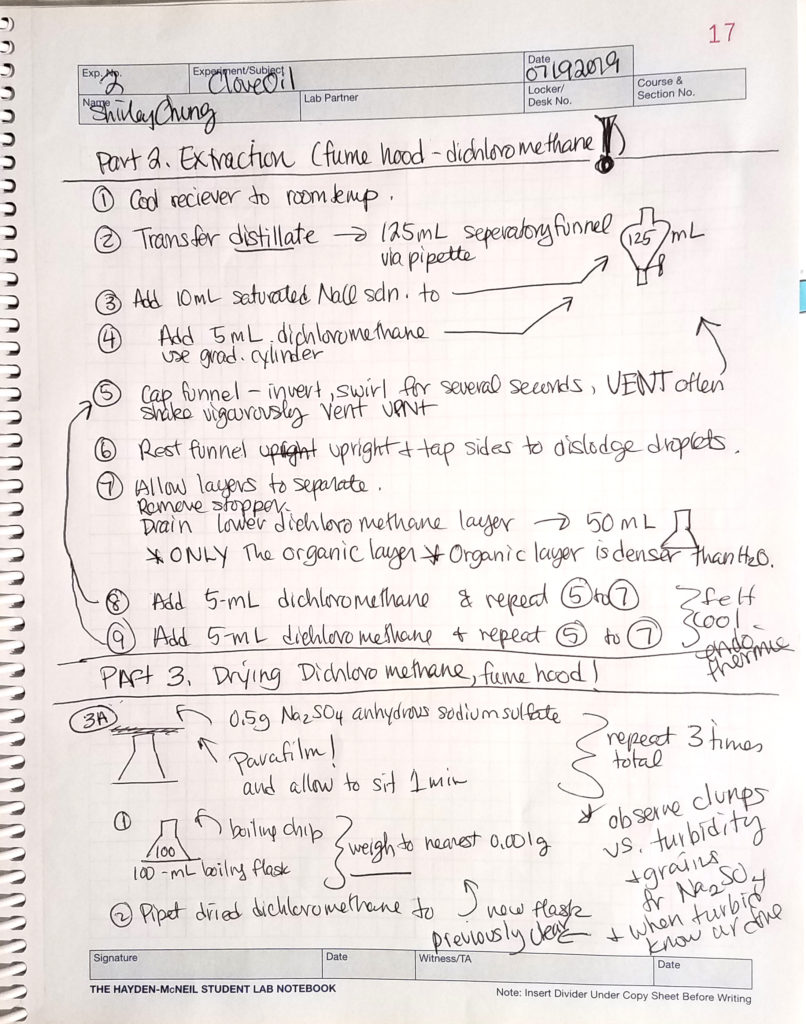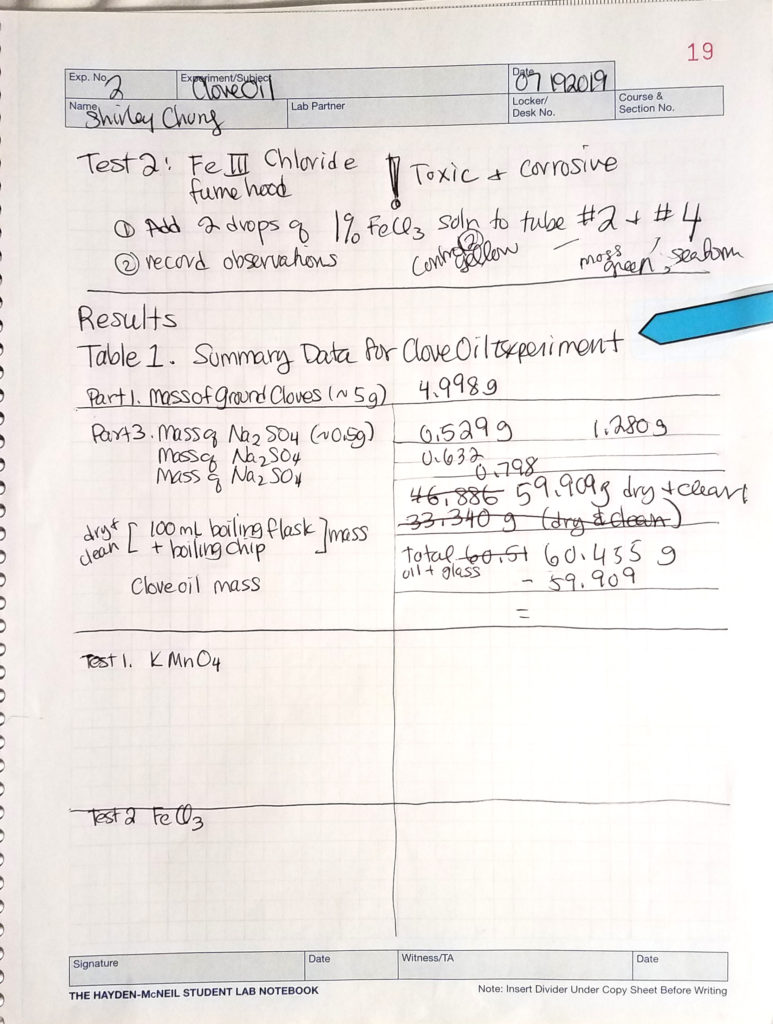Copyright 2019 Shirley Chung. All rights reserved.
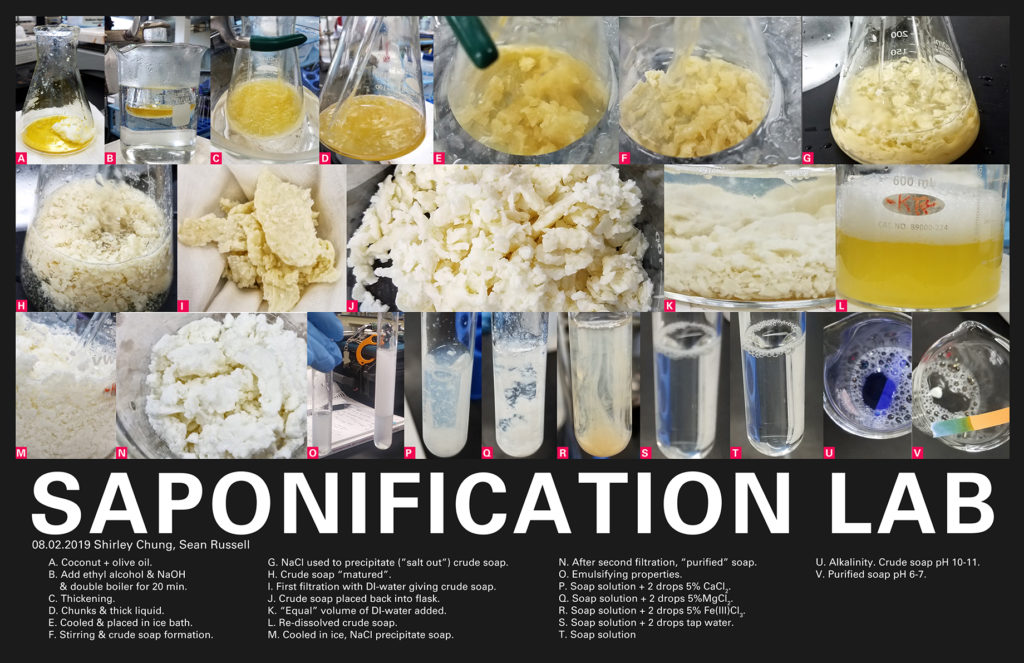
Articles of interest.
Chagrin Valley Soap & Salve Company. (2014, June 16). The Origin and History of Soap. Retrieved from https://www.chagrinvalleysoapandsalve.com/blog/posts/what-is-the-origin-of-soap/
Wallace, T., Gibbons, D., O’Dwyer, M., & Curran, T. P. (2017). International evolution of fat, oil and grease (FOG) waste management–A review. Journal of Environmental Management, 187, 424-435.
Zhang, L., Wang, S., Yang, R., Mao, J., Jiang, J., Wang, X., … & Li, P. (2019). Simultaneous determination of tocopherols, carotenoids and phytosterols in edible vegetable oil by ultrasound-assisted saponification, LLE and LC-MS/MS. Food chemistry, 289, 313-319.
Zhu, X. N., Nie, C. C., Zhang, H., Lyu, X. J., Qiu, J., & Li, L. (2019). Recovery of metals in waste printed circuit boards by flotation technology with soap collector prepared by waste oil through saponification. Waste Management, 89, 21-26.
